“The music of the future needs a future to exist in.”— Kieron Gillen and Caspar Wijngaard’s The Power Fantasy Volume One: The Superpowers
The question in The Power Fantasy isn’t if the world is going to end but how is it going to end?

It’s the end of the world and I don’t know how I feel about that.
In The Power Fantasy Volume One: The Super Powers the world probably ended somewhere around 1966 but we’re all playing catch up to it. That’s when two young, super-powered beings met to discuss the fate of the world over slices of pizza. The man, around 20 years old, tells an angel “Of course, the ethical thing to do is take over the world.” That’s the kid’s great idea— take over the world to save it. Luckily, the angel Valentina talks the would-be-world-ruler Etienne into a kind of detente. Ultimately if either took a step in the wrong direction, it would most likely end in some kind of mutually assured destruction, and who knows how much of the world they would take with them. In Kieron Gillen and Caspar Wijngaard’s new book, that’s when the superpowers made their first ruling on the future of humanity and it was a thumbs up. Since that meeting over a couple of slices, the world has been living under the good graces of these two and the four other superpowers like them. But now, the world is just holding its collective breath, waiting for one of these powers to decide that they’ve had enough.
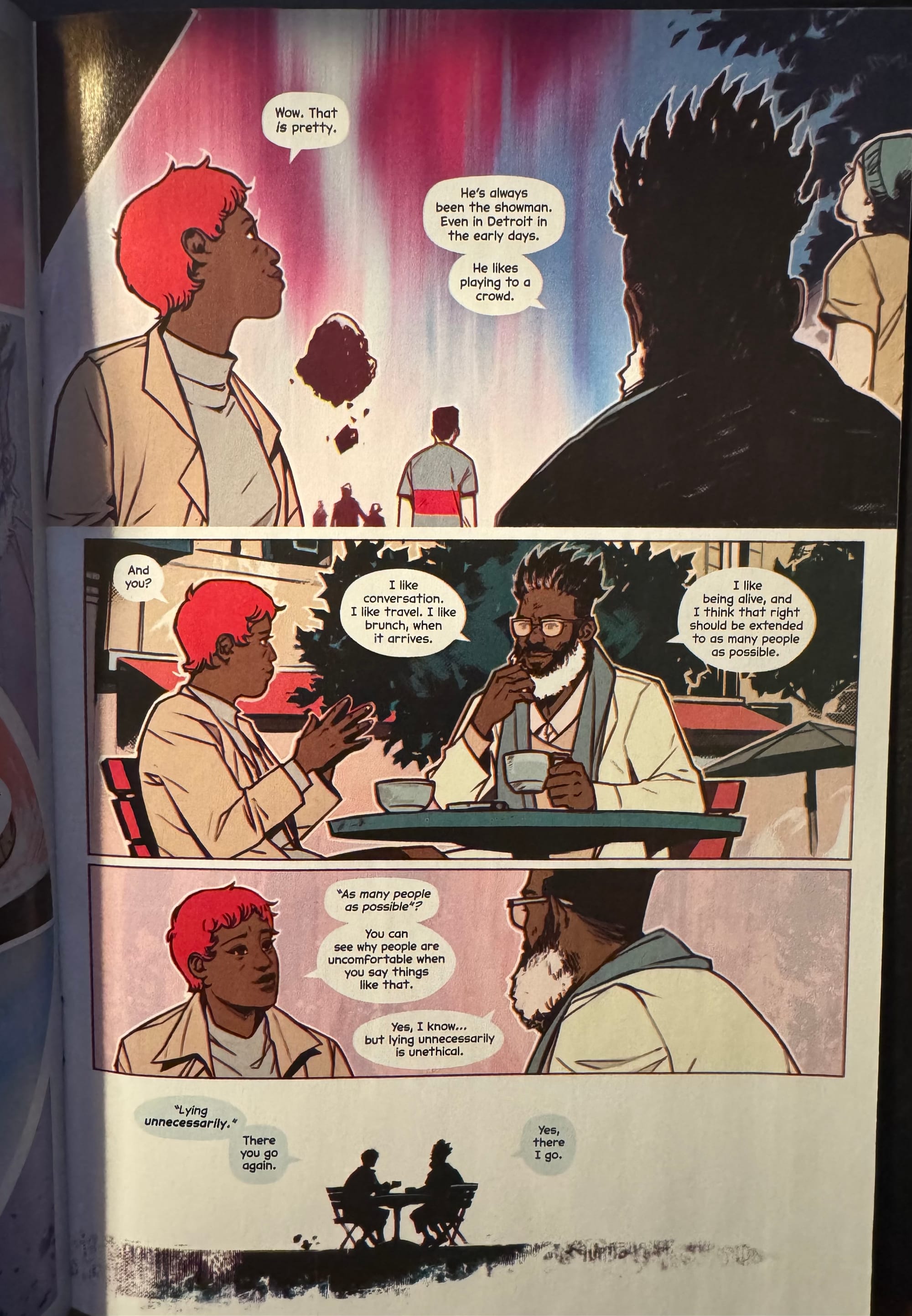
The Power Fantasy begins in a similar thematic range as Gillen’s The Immortal X-Men did a few years ago. In the final days of Jonathan Hickman’s x-reign, the mutant “utopia” Krakoa was revealed to be a lie that only the Quiet Council, the mutant rulers, knew. They kept the truth hidden rom the rest of the mutants to keep everything together. Both books have this idea of a small group with all of the power and then everyone else just living under their good graces. So on that day in 1966, the two superpowers Etienne and Valentina set themselves (and the few other superpowers) up as the true deciders of the world’s future. Like Nixon and Brezhnev, in real life, they had their fingers on the proverbial button and could press it at any moment.
Even the face of this chilling opening, Gillen and Wijngaard are trying to put forward an optimistic face. Etienne and Valentina aren’t bad guys. They’re like you and me; they like pizza. Valentina is a bit irked that she’ll be late for The Loving Spoonful (and who wouldn’t be) but hopes that she can get out of this conversation in time to catch The Beach Boys. Just like normal people. But there’s also a tiny chance that Gillen and Wijngaard aren’t being entirely optimistic. Are they just trying to ease us into what will inevitably be a tragedy? In these opening pages, we’re presented two people who might be the heroes but they could just as easily turn out to be villains of the story.
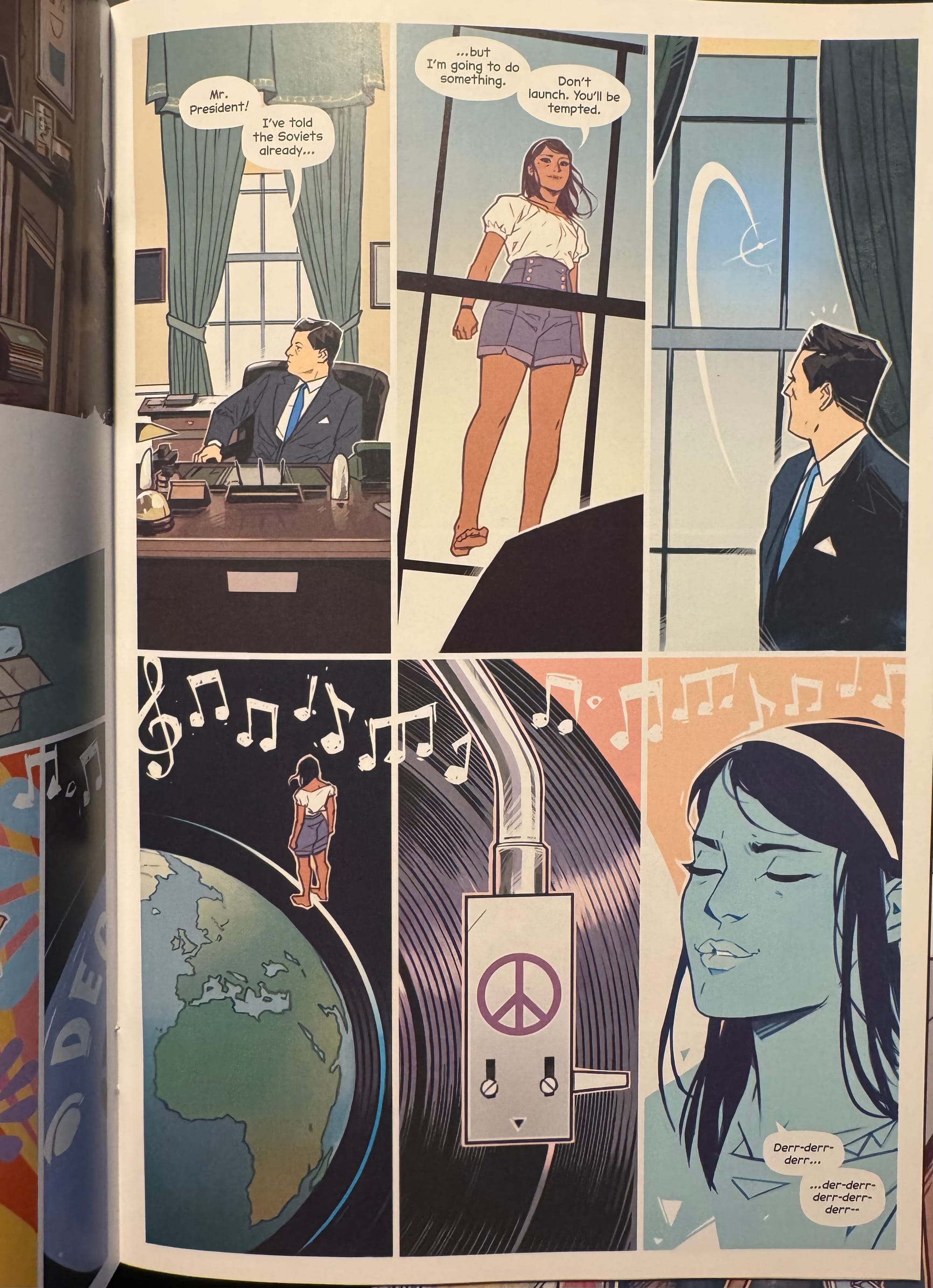
Gillen often collaborates with artists who don’t look like they’re drawing the end of the world even as the world falls apart around their characters. Wijngaard falls into this category as The Power Fantasy Volume One is a very stylish comic. Gillen wrote a story for Marvel comics called “Style>Substance” (the first five issues of his and Jamie McKelvie’s Young Avengers) and that’s a trick that he pulls off with many of his artistic partners. He hides these dark stories behind the visual sheen of pop. There’s a strong desire to compare The Power Fantasy with Watchmen and that may work on some thematic level but Wijngaard is not Dave Gibbons. He’s not working at the density that Gibbons had to so that alone makes this different., Gibbons’s art was deeply rooted in Alan Moore’s pessimism, while Wijngaard’s art reflects Gillen’s optimism.
Wijngaard’s art isn’t all sunshine and puppies and we’re all going to live through this with the promise of no scars. Wijngaard takes us to some dark places in The Power Fantasy Volume One. Just the way that we see these superpowers lash out when they feel threatened makes clear the hierarchy of control in this world. The United States acts on a threat and suddenly a large chunk of the government is killed without ever being physically touched, just to preserve some kind of equilibrium over the world. Or was it to remind humanity who’s the boss while the adults work take care of everything? Etienne acts like a man of principles; he talks about ethics, regrets, and missed chances. But when push comes to shove, his actions wipe out any agency that humanity has. And the other superpowers support those actions.
Since that night in 1966 when Etienne and Valentina discussed the fate of humanity, Gillen and Wijngaard focus on that power that these people have held onto for ages. There are people with lesser powers in the world and even they live in the shadow of six people. It’s not like these superpowers are the best of us— other than Valentina and Etienne, the other superpowers demonstrate at least some small bits of humility and self-awareness but everyone still knows the position they possess in the societal ladder. A philosopher, an angel, a demon, an artist, an anarchist, and a hippie (weirdly I don’t know if the final superpower lends himself easily to a one-word descriptor so we’ll go with “hippie”) are what stands in for governments in this story. Don’t piss any of them off or else.
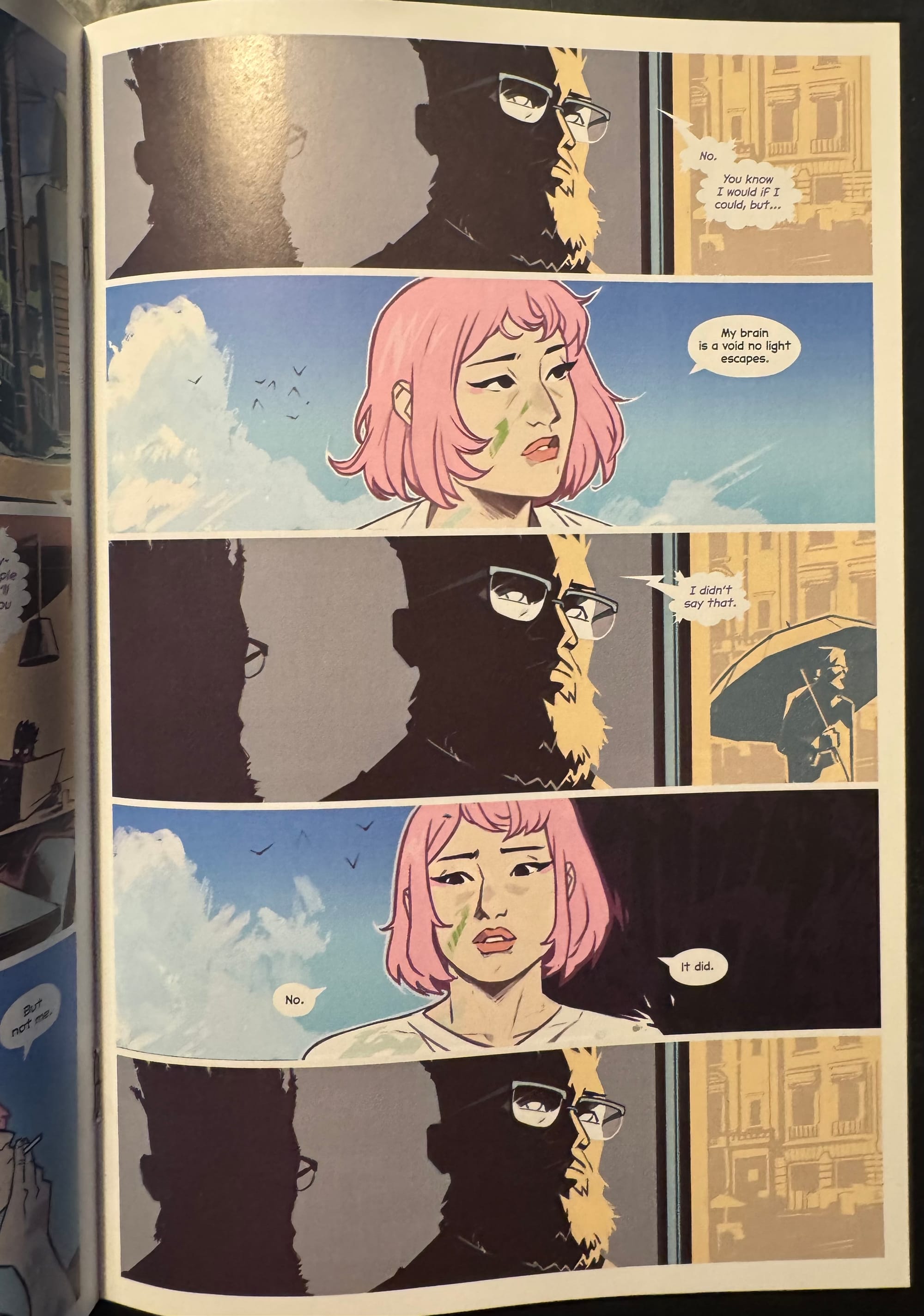
The fourth chapter focuses on the artist Masumi. In some ways, she’s the most delicate- the soul of an artist and all that. But under that surface dwells a monster. Even the other superpowers tread carefully around her, afraid to disappoint her by missing an exhibit opening. Etienne, the most wanted man in the world, crosses the globe to be there for her. He, Valentina, and the hippie Brother Ray put aside their differences for one night because of her. Masumi’s girlfriend Isabella is right by her side the whole time, sharing the exciting news of a great review. All this to try to contain and protect one of the six superpowered beings who could control (or end) the world.
And that’s just one of them. They’re scared of each other so imagine how the rest of the world must feel. That’s just the surface that Gillen and Wijngaard’s The Power Fantasy Volume One: The Superpowers scratches. They are building this story in layers, with each layer being a revelation about one of the characters or about an event that they’ve experienced in the world. That’s a balance that they’re trying to find, feeding their audience information in bits and pieces. It’s a way to keep that audience engaged with every few pages offering some new tidbits about a person or an event. It’s also letting the audience live in this world a bit, finding out something and then being able to sit with it for a while before the next revelation. Every chapter and every few pages adds another layer; even by the end of the book, we’ve still only seen the top layers and it feels like there’s so much more room in this story for us to discover new things in future books.
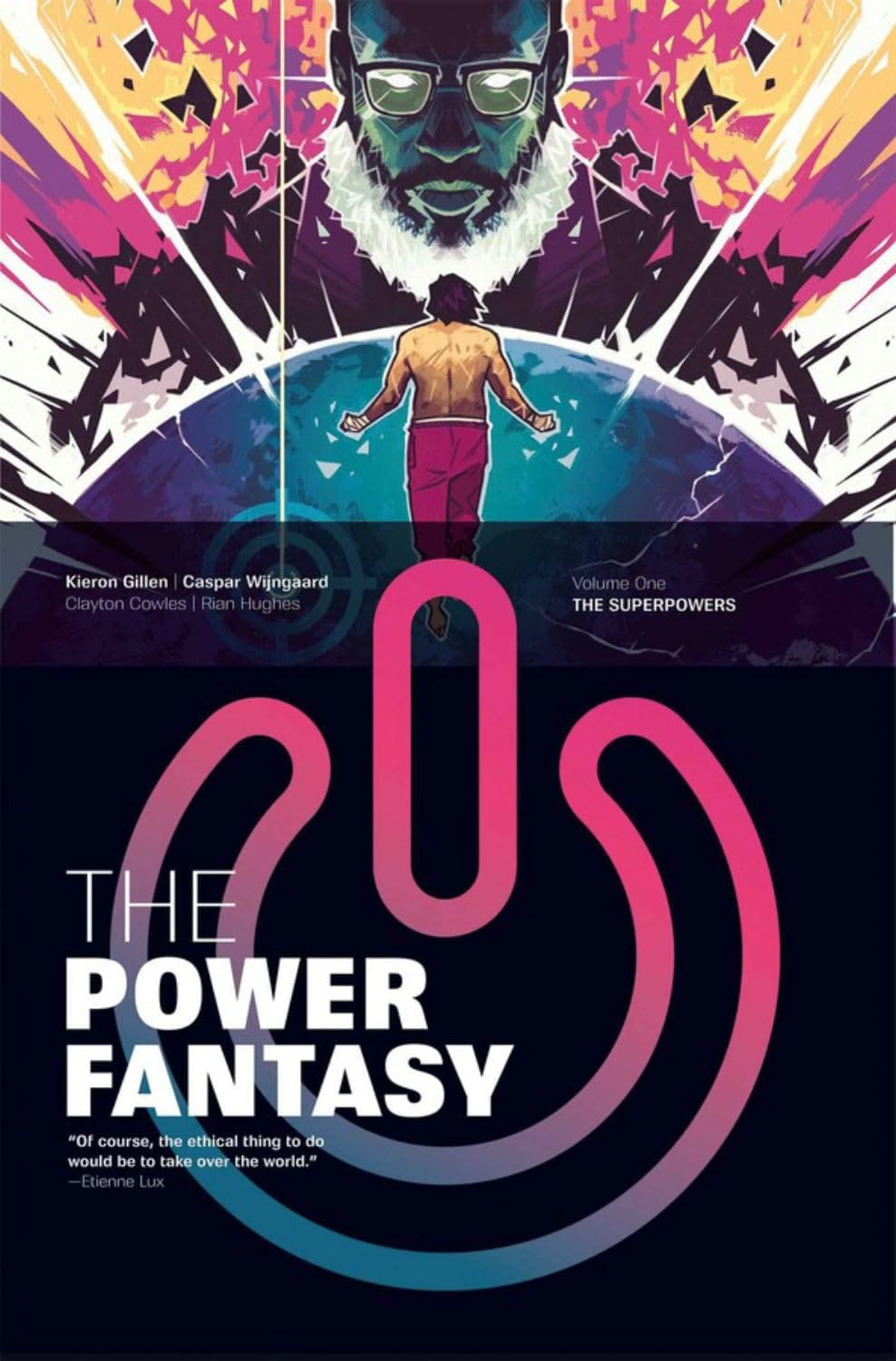


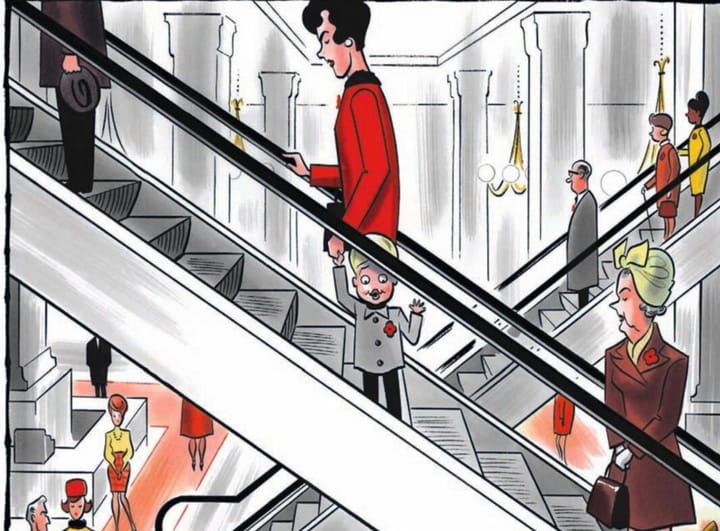
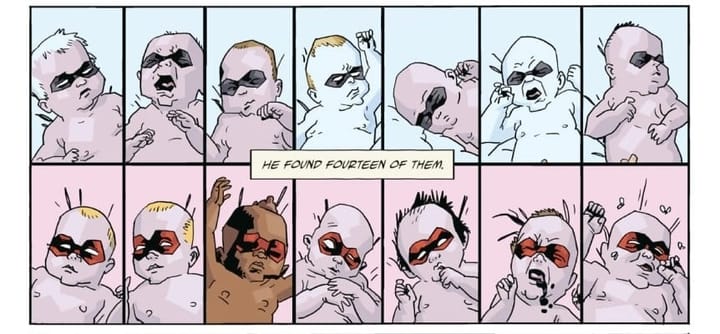
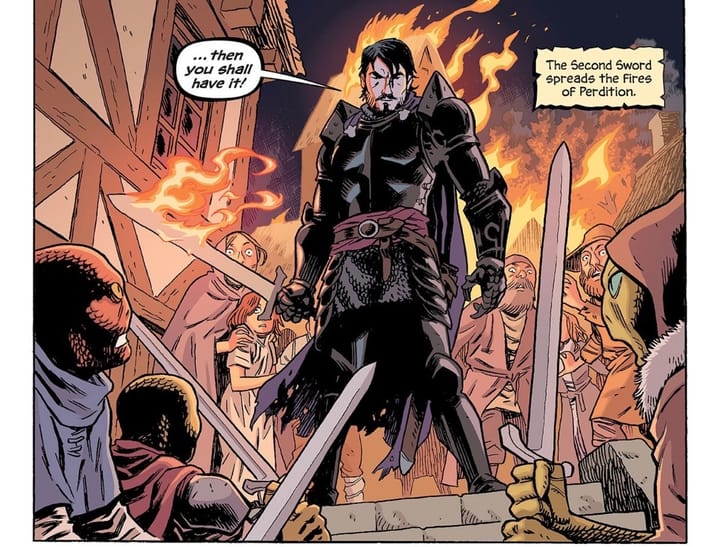
Comments ()